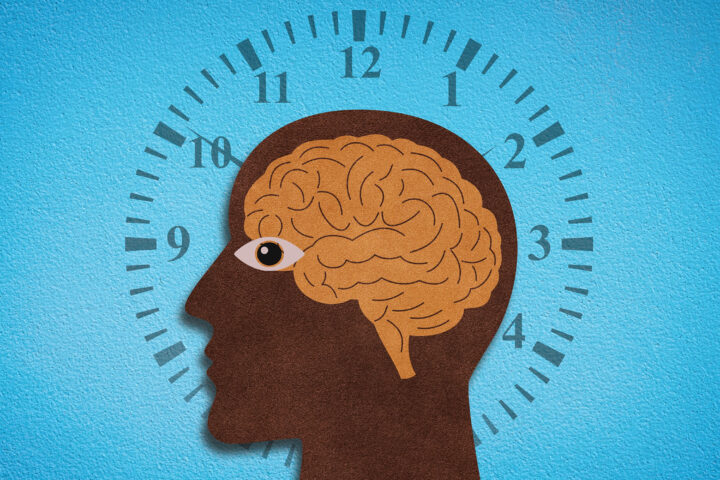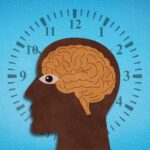Aging isn’t just about graying hair or stiff joints; it’s deeply intertwined with how the very foundation of our bodies—the extracellular matrix (ECM)—ages. If we think of the ECM as the scaffolding or the “matrix” holding the cells of our body together, it’s a lot like the Matrix in the movie series: invisible yet profoundly influential. So, let’s dive into the real-life matrix affecting our health and longevity.
What is the ECM and Why Does It Matter?
The ECM is a network of proteins, sugars, and other molecules that provide structural support to tissues throughout the body. Imagine it as the web that holds everything together, influencing cell behavior, tissue function, and even communication between different parts of the body. As you age, this network doesn’t stay pristine. In fact, one of the biggest challenges is how the ECM deteriorates over time, and this breakdown impacts everything from your skin’s elasticity to your cardiovascular health (MDPI, Frontiers).
When the Matrix Becomes Rigid: The Stiffening Effect
Picture your body as a city: roads (arteries), buildings (organs), and the wiring between them (the ECM). Over time, the roads become cracked and rigid, and the wiring gets tangled, which creates chaos. One of the most well-documented issues is the stiffening of tissues as we age, especially in the arteries and joints.
In the case of osteoarthritis, researchers from Harvard Medical School recently discovered that the stiffening of the ECM around knee cartilage suppresses the production of the longevity protein Klotho. Without enough Klotho, cartilage cells start dying, accelerating joint degeneration (Harvard). And it’s not just the joints; this stiffening effect extends to other tissues, including the skin and blood vessels (OAE Publish).
The ECM and Cardiovascular Aging: A Silent Crisis
Your heart and blood vessels are another prime example of how the ECM affects aging. Over time, the aorta—the body’s largest artery—loses its elasticity as the ECM fibers degrade. Collagen, elastin, and other key proteins in the ECM fragment and stiffen, which means your heart has to work harder to pump blood through rigid arteries. This age-related change contributes significantly to cardiovascular diseases, the leading cause of death worldwide (Frontiers).
But here’s the catch: recent studies suggest that interventions targeting ECM remodeling could offer new avenues for anti-aging treatments. By focusing on restoring ECM flexibility and reducing chronic inflammation, researchers hope to slow down these degenerative changes (MDPI).
The Skin: A Canvas of ECM Aging
The skin is the most visible sign of ECM degradation. Collagen, which makes up about 80-90% of the skin’s ECM, becomes fragmented and less functional as you age. Elastin, another crucial protein, starts to lose its ability to bounce back after being stretched. This leads to sagging, wrinkles, and a general loss of skin tone (OAE Publish).
Advanced anti-aging treatments now focus on restoring ECM function by stimulating collagen and elastin production. These treatments, often using components like hyaluronic acid, aim to rehydrate the skin’s ECM, improving elasticity and reducing the signs of aging. Essentially, they are trying to reboot the Matrix (OAE Publish).
The Future: Can We Hack the Matrix?
Exciting research is underway to better understand the ECM and its role in aging. Some scientists are exploring how manipulating ECM stiffness could potentially reverse aging in tissues. By making tissues “softer” again, like how young cells behave, researchers hope to restore youthful function to aging tissues. While this might sound like sci-fi, it’s a promising field for extending healthspan—keeping people healthier for longer, rather than just living longer (Home, Frontiers).
Ultimately, the ECM is more than just biological scaffolding. It’s an active player in aging, controlling not only how our tissues function but also how they deteriorate. With each new discovery, researchers are getting closer to unlocking ways to slow down or even reverse these changes, potentially allowing us to “hack” the matrix that defines our aging process.
Whether it’s through dietary interventions, exercise, or futuristic therapies, understanding the ECM is key to developing the most advanced aging interventions of our time.













